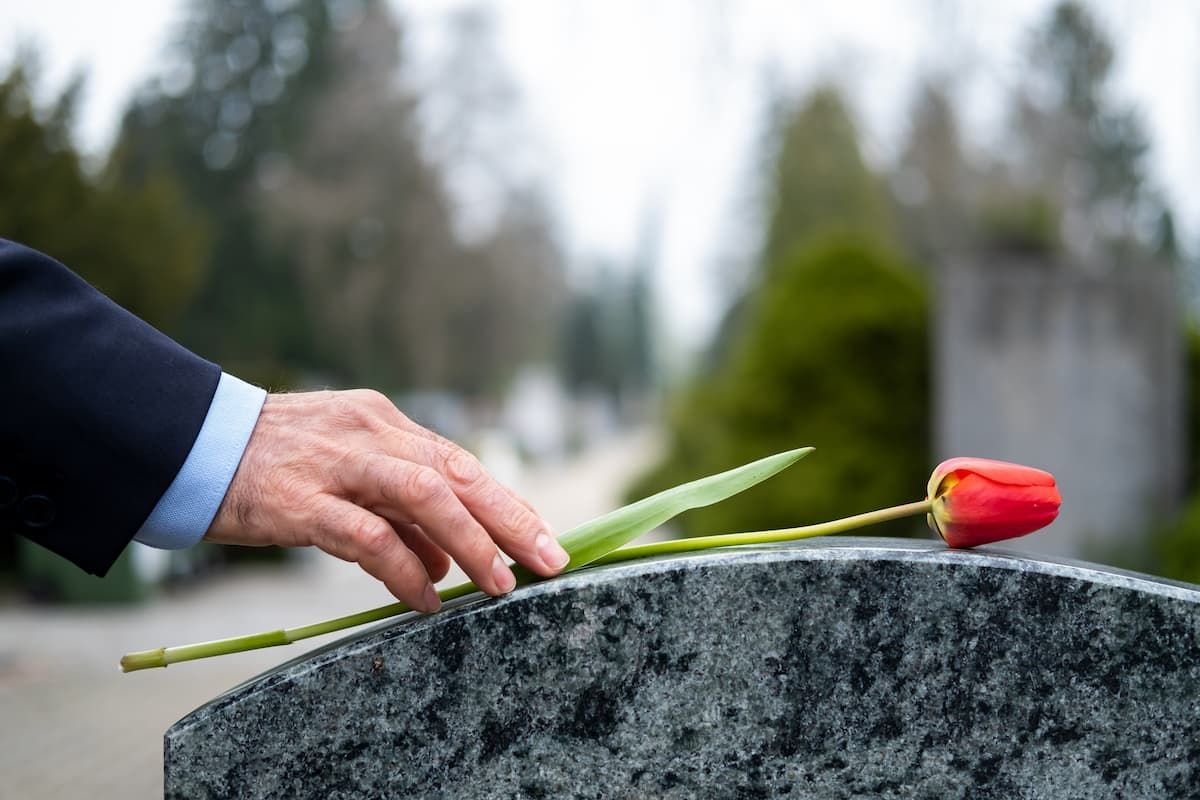6 ideas to take your family reunion from drab to fab
A family reunion is a great way to bring your family together to celebrate and keep your families history alive, relive old memories, recognize accomplishments and new additions. Family reunions are a time when many joyful memories are made and laughs are shared at this once-a-year bash. To help you create a family reunion that people will remember for years to come. We rounded up seven ideas that will help you plan a reunion in the digital age, create family traditions and take creative family group photos.
1. Capture food memories
Create a family recipe book using favorite recipes from each. Collect the recipes in advance and put them into a document. You could use Google docs and share the working document so family members can add their recipes. Include food and family-related photos to give the book a little visual interest. Get the book printed and bound. It would be a good idea to ask family members to chip in for the printing, or take orders for the in advance to pay for it. The importance of recording and remembering these recipes can be enormous in creating a lasting legacy for the people we love.
2. Get social!
For many families, mom, dad, and even grandma are on Facebook. Why not take advantage of the time family spends on the social network by creating a family Facebook group. Technology has made it easier than ever for families to stay in touch long after the family reunion. After creating a group, upload photo albums and share documents in the group for the whole family to visit throughout the year.
Post information about next year’s reunion. When people see the photos of last years reunion, it will remind them how much fun they had, and it may influence their decision to attend the next one.
3. Family swap meet
We all have gently used items sitting around taking up space in our closets and kids closets. Why not have a family swap meet at your next reunion? Families can donate their kids' best-outgrown clothes, books, and toys at the Family Swap Meet. Who knows, your junk or clutter could be your cousins newest treasure!
4. Reunion Bingo
The quirky categories of this get-to-know-you game will prompt conversation and plain old silly fun. To play, print out our bingo cards below and give one to each family member.
See a free printable Family Reunion Bingo card here.
5. Break the ice with a joke!
“The only reason why I’m speaking right now is because Grandma bribed me with pie so I would say something nice.” Whether you’re writing a funny family reunion announcement letter or planning your welcome speech, here are some funny jokes to sprinkle in, followed by a few joke writing tips if you want to show off your own comedic talent.
6. 21st-Century Reunion Tools
There are so many free, online tools to help your next plan family reunion. Take a look at a few of these for inspiration:
- MyEvent : Choose from a variety of templates to build a free reunion website. Send invitations, track responses, and accept online payments or donations.
- Mobile Family Tree 7: Gather everyone's info in this app, and it will generate a family tree, a historical timeline, and a set of statistics to share via e-mail or social media. Find out more about this app on the iTunes store or Google Play.
- Stories etc.: This free app walks users through a series of questions and saves the answers via audio, video, or text onto a smartphone or tablet for a great family memento.
7. Strike a pose!
Whether you plan on hiring a professional photographer or if a family member wants to take their stab at photography, be inspired by over 1,000 creative family reunion group photo ideas.









